Animals Are Shrinking and Throwing Long-Held Evolutionary Theories Into Question
Since Charles Darwin proposed the theory of evolution in 1858, there have been surprisingly few adjustments to the original hypothesis. But now, after more than 150 years, a new and incredibly interesting concept has been proposed.
For decades, biologists have assumed that animals always grow as they evolve, but a new study published by the Communications Biology journal explains that many animals are actually getting smaller. And while they have theories as to why, at this point in time, no one really knows for sure how or why this is happening.
The Long-Believed Theory: Cope’s Rule
Only thirty years after Darwin postulated the theory of evolution, paleontologist Edward Drinker Cope came up with his own concept that explained why animals seemed to grow in size as they evolved.
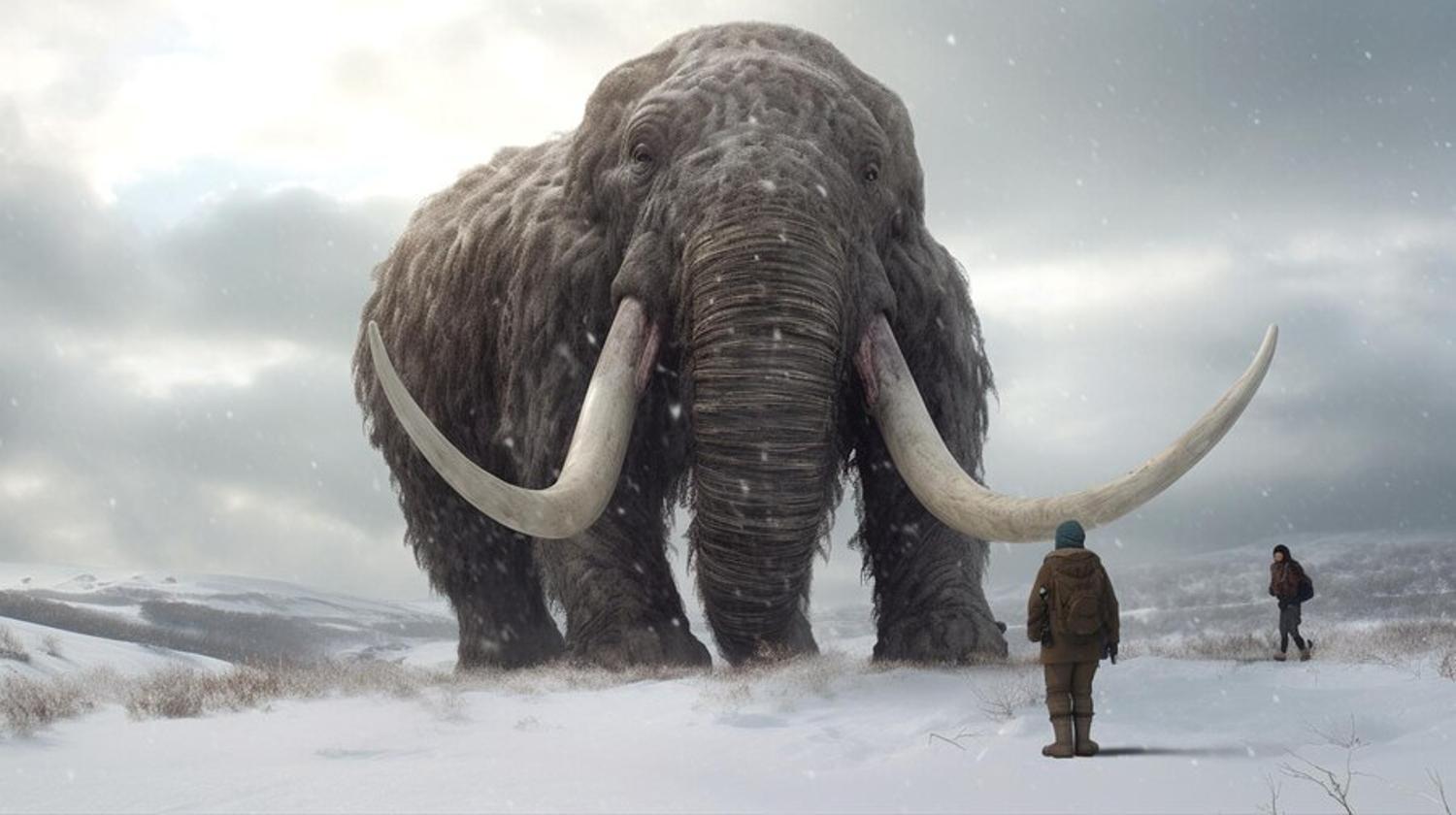
Source: Freepik
Cope argued that as organisms evolve, they grow in size. In doing so, they can better avoid or fight off predators, improve their own hunting, have the strength to kill their competitors, and have the capacity to survive a changing climate. This theory has since been called “Cope’s Rule.”
There Have Always Been Exceptions to Cope’s Rule
While Cope’s Rule generally applies to large mammals like saber tooth tigers, wooly mammoths, and, of course, dinosaurs, there have always been exceptions. Scientists in various fields have noted over the past 150 that some animals got smaller as they evolved, not bigger.

Source: iStock
However, there has never been a concrete theory that accounts for the evolutionary benefit of shrinking in size, and so the phenomenon has gone unexplained.
Animals That Have Shrunk Over Time
Of course, it’s nearly impossible to study the evolution of an animal within a human’s short lifespan; the majority of evolutionary changes take several millennia to occur. However, thanks to fossil records, scientists do have some examples of animals which shrunk in size over time.
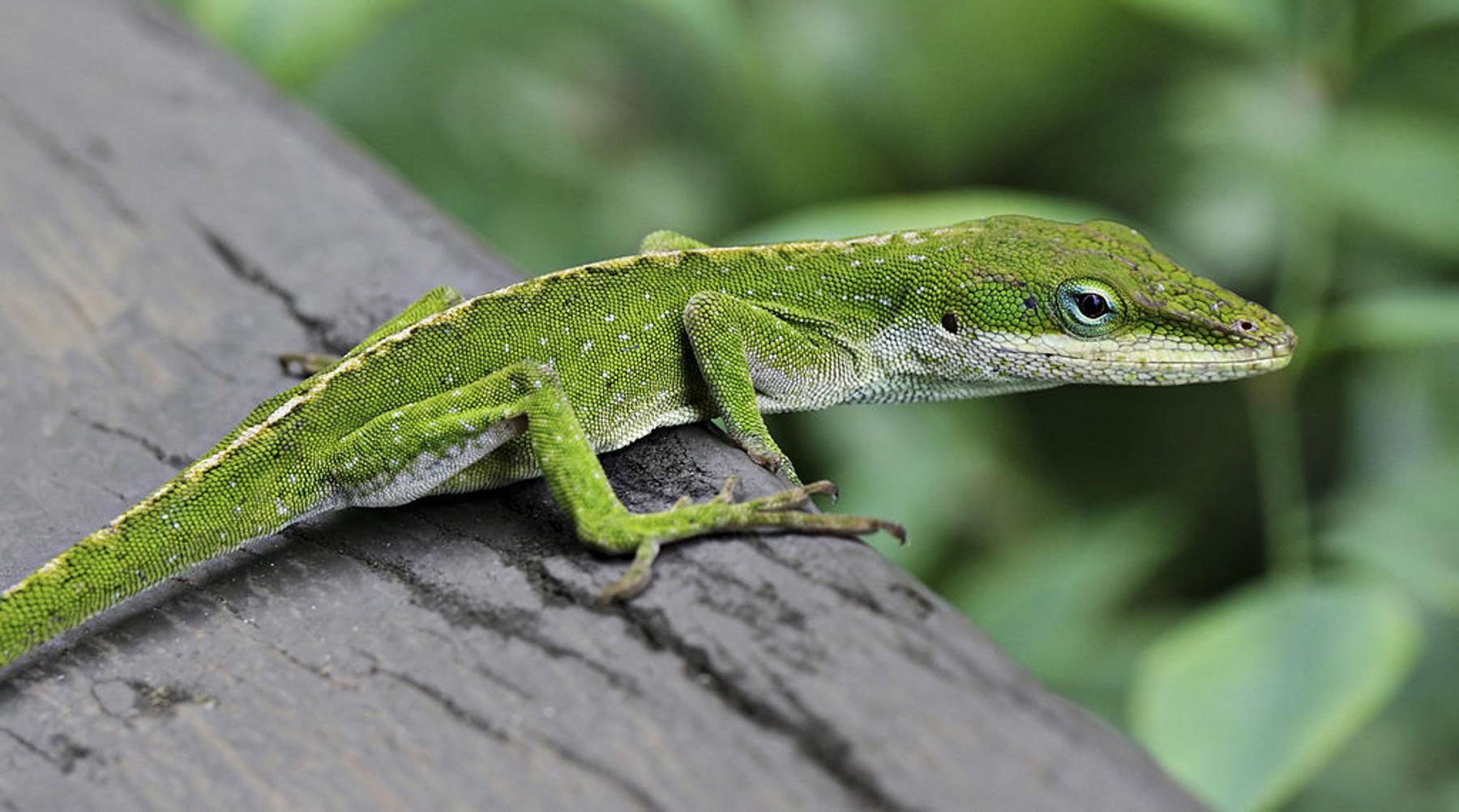
Source: Wikipedia
There is physical evidence that some species of anole lizards that live on the Caribbean islands, several types of turtles, dragonflies, and horses from the Ice Age, have all gotten smaller throughout their evolutionary journey.
Scientists Finally Decided to Find Out Why Some Animals Are Shrinking
Finally, a group of scientists decided to find out exactly why this occurs in nature. They built an incredibly complex computer model which allowed them to catalog and analyze the data of community evolution through mathematical parameters.

Source: Freepik
They explored how the physical location, abundance of species, and the body size of animals transformed under shifting circumstances. After extensive research, they released their paper, entitled “Ecological determinants of Cope’s rule and its inverse” on January 18, 2024, and it shocked the world.
Finding the Inverse of Cope’s Rule
The study explained that the size of animals changed depending on the specific scenarios they found themselves in. Sometimes, Cope’s Rule was proved true without question, while in other situations, the inverse occurred.

Source: Freepik
Thanks to the detailed computer program, these scientists were able to determine exactly which scenarios lead to evolutionary growth and which resulted in smaller animals.
Animals Grew Larger Over Time When Risk of Extinction Was Minimal
The first thing they noted was that the majority of animals grew larger over long periods of time if their risk of extinction was low. Additionally, they noted that minimal competition between members of the animal species led to growth in body size.
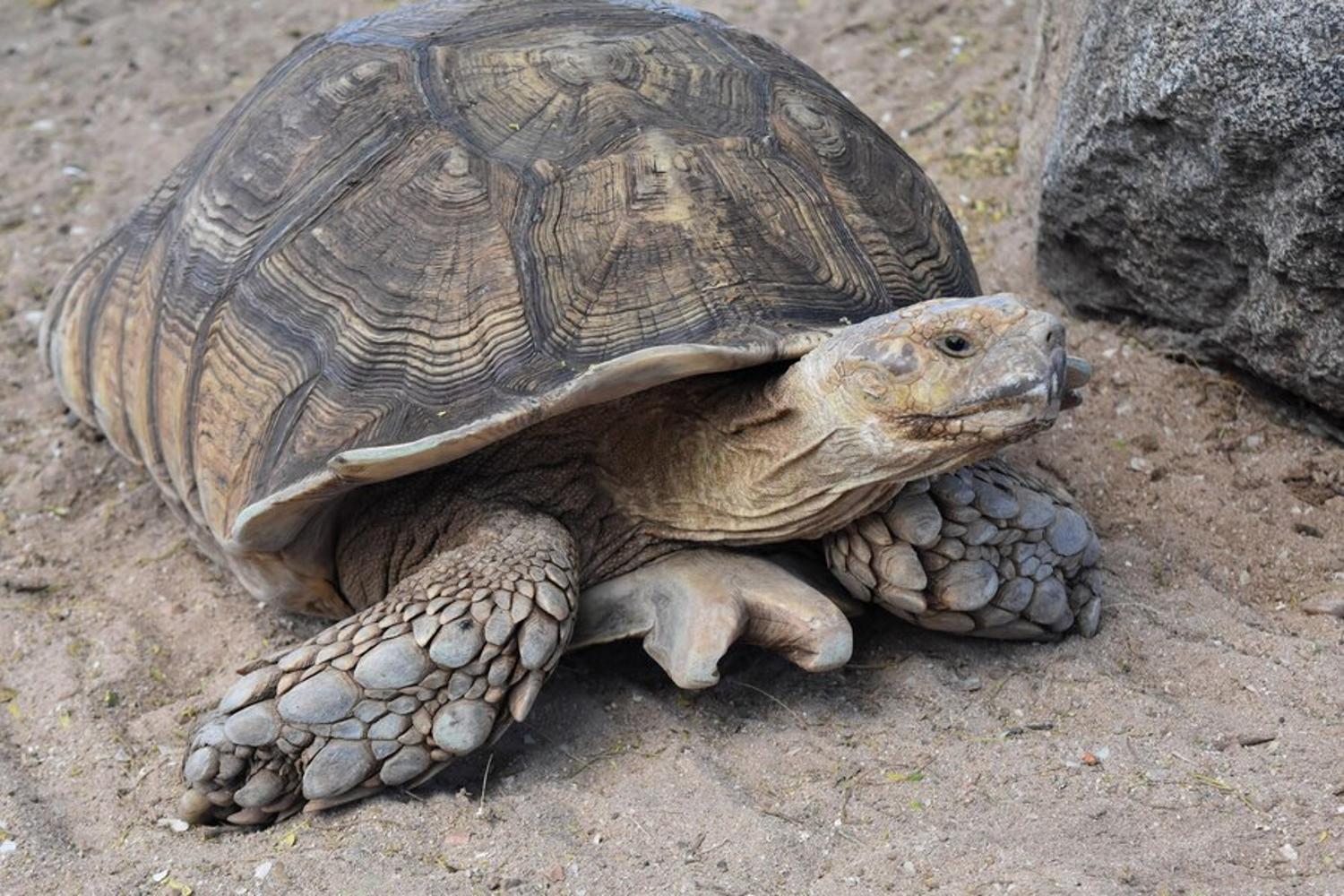
Source: Freepik
As well, animals with very few predators grew larger over time. In this case, it was evolutionarily prudent to become the largest predator in an area, so some species grew surprisingly quickly to fill that gap before another.
Some Animals Grew Too Large to Survive
While this may seem like a foolproof plan, scientists have noted that, in some cases, animals actually grew too large to survive.

Source: Reddit
The largest primate to ever live, apes known as Gigantopithecus blacki, grew to be 10 feet tall nearly 2.6 million years ago. However, eventually, they went extinct and no one really knows why. Some theorize that their giant size made them exceptionally sensitive to climate shifts and, therefore, could not evolve with the planet.
Animals Struggling to Survive Got Smaller Over Time
What was so interesting about the study was that it found that, in direct opposition to animals that increased in body size, animals with stiff competition, ample predators, and intense risk of extinction grew smaller as the years went on.

Source: Freepik
When the basic needs for survival were limited, such as depleted food sources or additional predators, many animals made themselves smaller to survive.
Animals Exiled From Their Natural Habitat Were Trying to Get Home
Additionally, they noted that if an animal had been exiled from their native lands due to climate change or any other natural effect, they also shrunk in size over time.
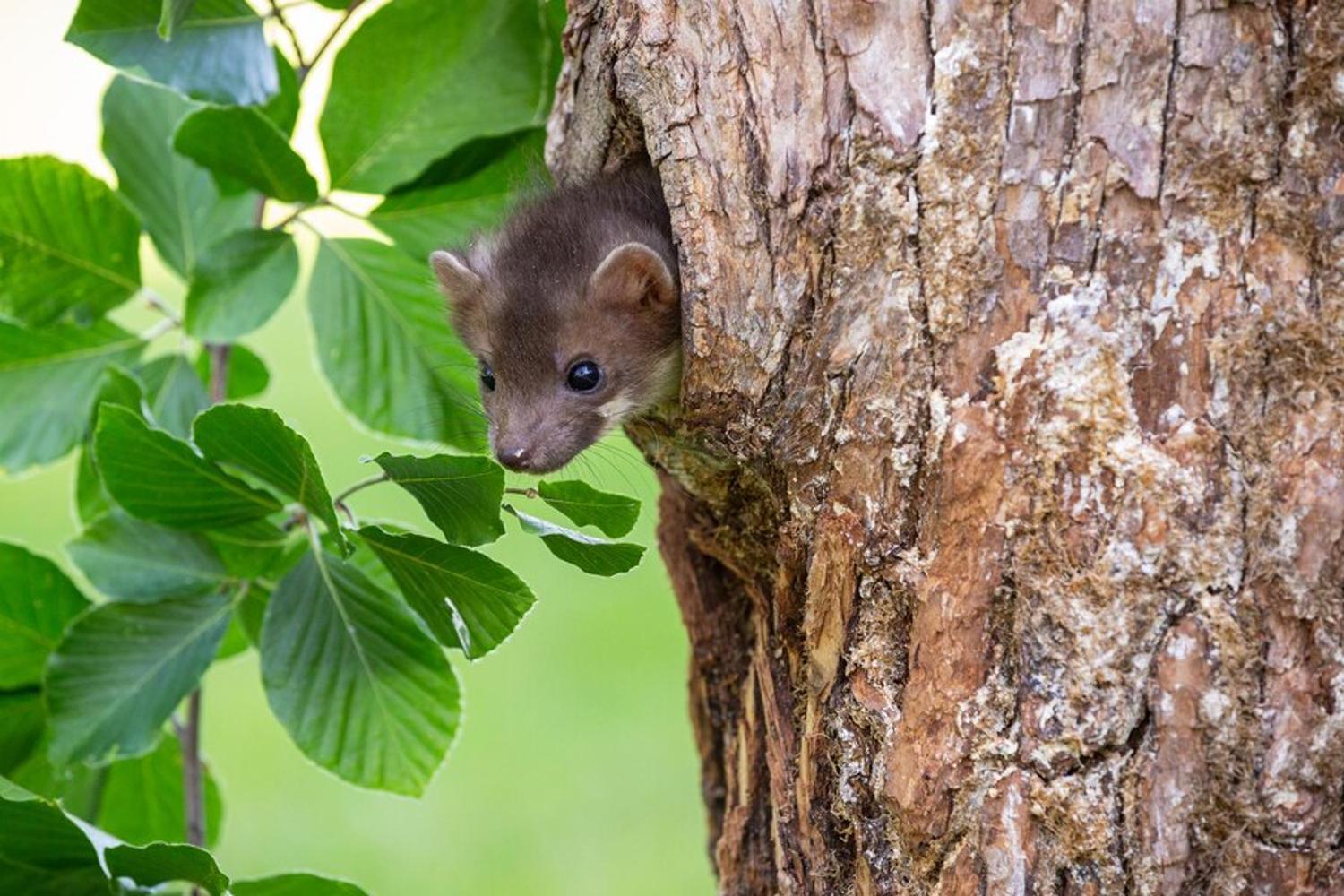
Source: Freepik
The authors of the study explained that they believe this is because the animals would eventually try to make their way home again. Smaller animals take up less space, need smaller amounts of food, and use little energy, making the journey home and even life there much easier.
Authors of the Study Want to Reiterate They Did Not Disprove Cope’s Rule
Although Cope’s Rule has always been questioned and debated among biologists, paleontologists, and other environmental scientists, the authors of this study want to clarify that they did not set our or even expect to disprove the theory.
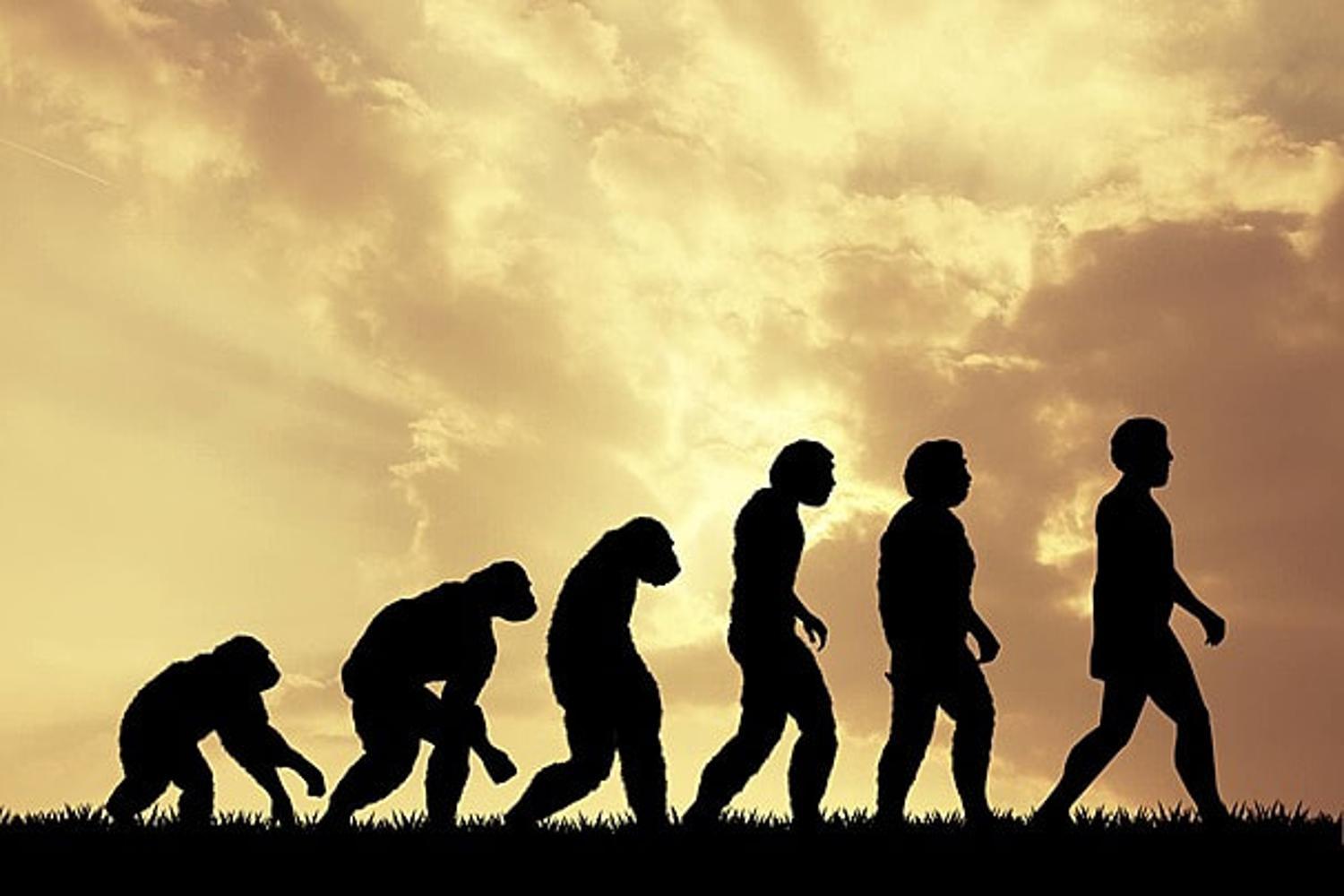
Source: Pngtree
From their collected data, the authors are proposing that in addition to Cope’s Rule, there may also be an inverse Cope’s Rule. That means that both rules of nature can happen simultaneously, essentially for the same reasons but in different directions.
The Inverse of Cope’s Rule Is Still Just a Theory
At this moment in time, the inverse of Cope’s Rule is still just a theory, but so is Cope’s Rule. In fact, almost every “fact” of science is actually just a hypothesis as very few have been proven to be unquestionably true.
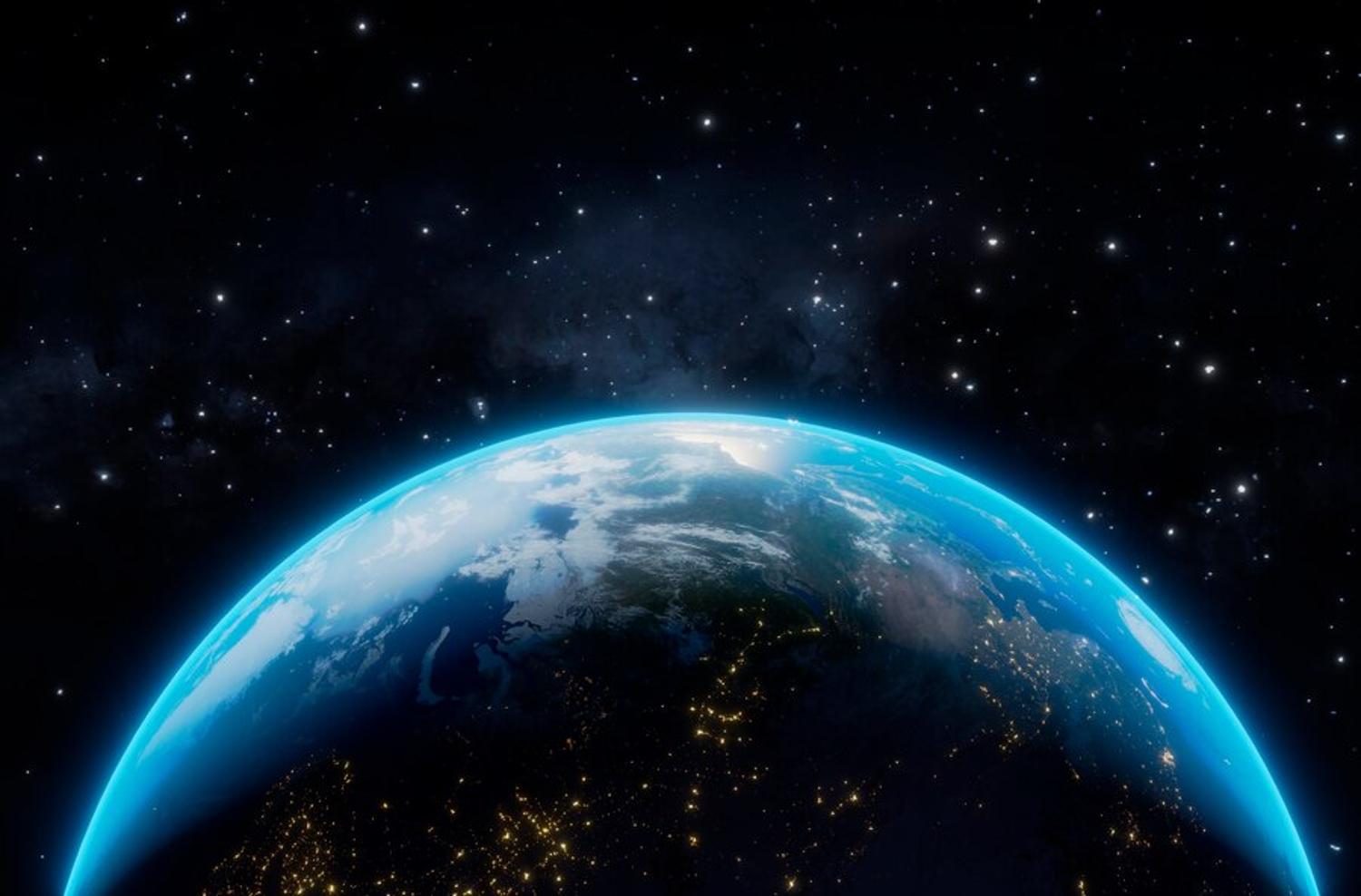
Source: Freepik
The authors of the inverse of Cope’s Rule study hope that their data will encourage future research on the growth and shrinkage of animal body size through evolution, and that this information could help humans better understand our own and our planet’s ongoing evolution.
